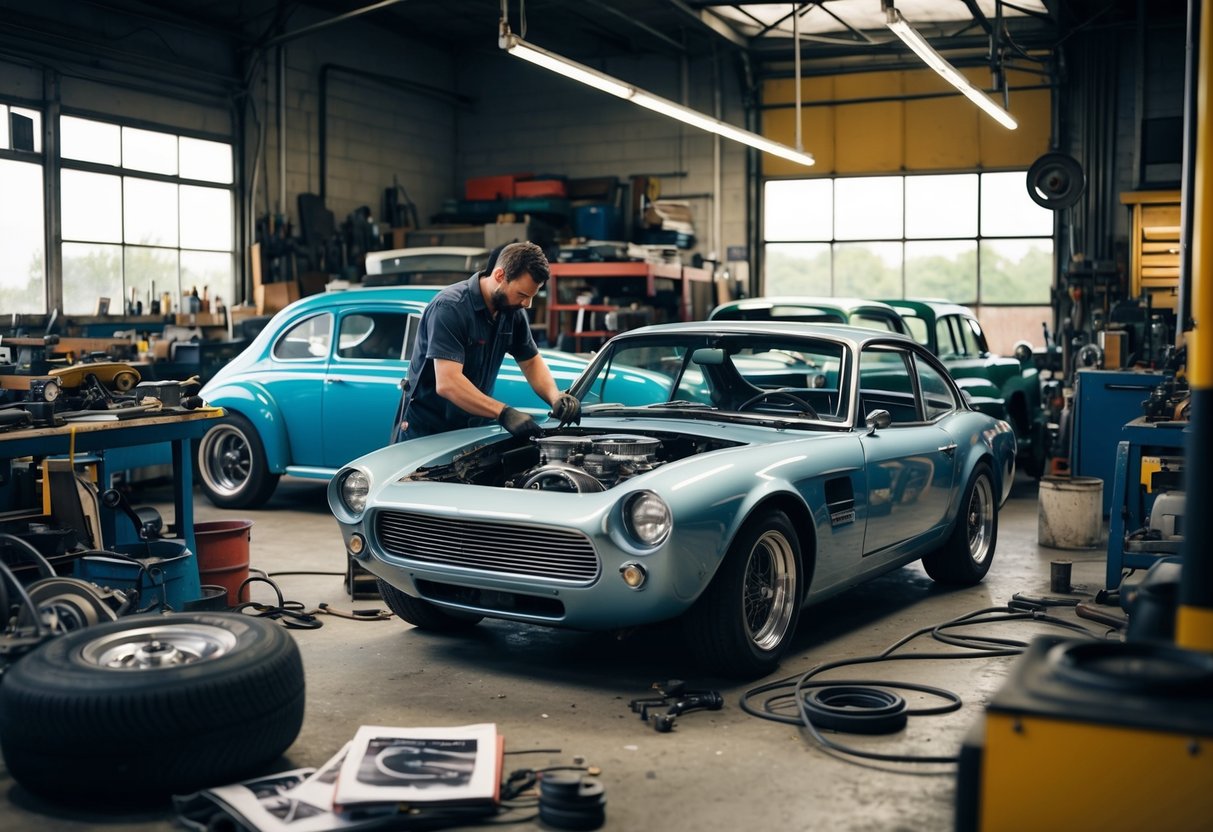
Engine Tuning and Adjustment
Engine tuning and adjustment are integral to optimizing classic car performance. This involves calibrating the ignition system, carburetors, and fuel delivery for efficiency and power. Restorers often use diagnostic tools to ensure precise measurements and settings.
Regular adjustment is often required for peak performance, especially in restored cars used frequently. Techniques can vary based on the engine’s original design and specifications.
Maintaining a balance between performance and historical accuracy remains paramount, honoring the original engineering while embracing subtle improvements. This process ultimately enhances the car’s drivability without compromising its classic essence.
Ensuring Authenticity in Mechanical Parts
Authenticity in mechanical parts is vital for preserving the car’s historical significance. Finding original parts or suitable replicas is a priority for restorers. They often scour salvage yards, auctions, and specialist suppliers to source these parts.
Using period-correct materials and finishes helps retain the vehicle’s original appearance and functionality. Restorers document the sourcing and use of parts, maintaining records for historical verification.
Attention to detail, from screws to larger components, ensures each part aligns with the car’s original specifications. Adhering to authenticity principles contributes significantly to the vehicle’s value and appeal among enthusiasts and collectors.
Reassembly and Quality Assurance
Reassembly in classic car restoration requires a systematic approach to ensure each component is installed correctly. Quality assurance checks verify every detail meets high standards, involving tools and techniques to affirm craftsmanship excellence.
Order and Process of Reassembly
The reassembly of a classic car demands an organized sequence. Every component should be reinstalled in reverse order of disassembly. It starts with the engine and mechanical systems, followed by wiring and electrical components. Next, interior elements are put in place, ensuring each part aligns perfectly with the frame and other structures.
Attention to detail is critical. Using a detailed checklist helps prevent missing any components. Throughout this process, quality tools play a significant role, providing precision to avoid damage. Properly labeled parts simplify the task, reducing the time spent on searching and fitting components, ultimately ensuring the restoration process stays on track.
Craftsmanship in Assembly
Craftsmanship is the hallmark of a well-restored vehicle. Every piece must be meticulously handled to preserve authenticity and integrity. Restorers must ensure that fittings and finishes match the original specifications. This can involve sourcing period-correct parts or replicating manufacturing techniques used at the time the car was originally built.
The alignment of panels and components is crucial for both aesthetics and functionality. Accuracy in this phase not only enhances appearance but also ensures the vehicle performs as intended. Precision is key in creating a seamless final product that displays expertise and dedication to the art of restoration.
Conducting Thorough Testing
After reassembly, conducting thorough testing is vital. This includes testing mechanical systems and validating the electrical components. Each function, from engine operation to lighting, is examined to confirm it performs accurately. The testing stage often reveals areas needing fine-tuning, ensuring the car is roadworthy and aligns with safety standards.
Quality assurance is achieved through systematic assessments. Restorers execute performance tests, employing diagnostic tools to identify any inconsistencies. This stage often includes a test drive to evaluate handling and ride quality, offering insights into potential adjustments. Endurance testing might also be considered, verifying the vehicle’s reliability over long distances. Through these measures, the restoration upholds the highest standards of quality and craftsmanship.



